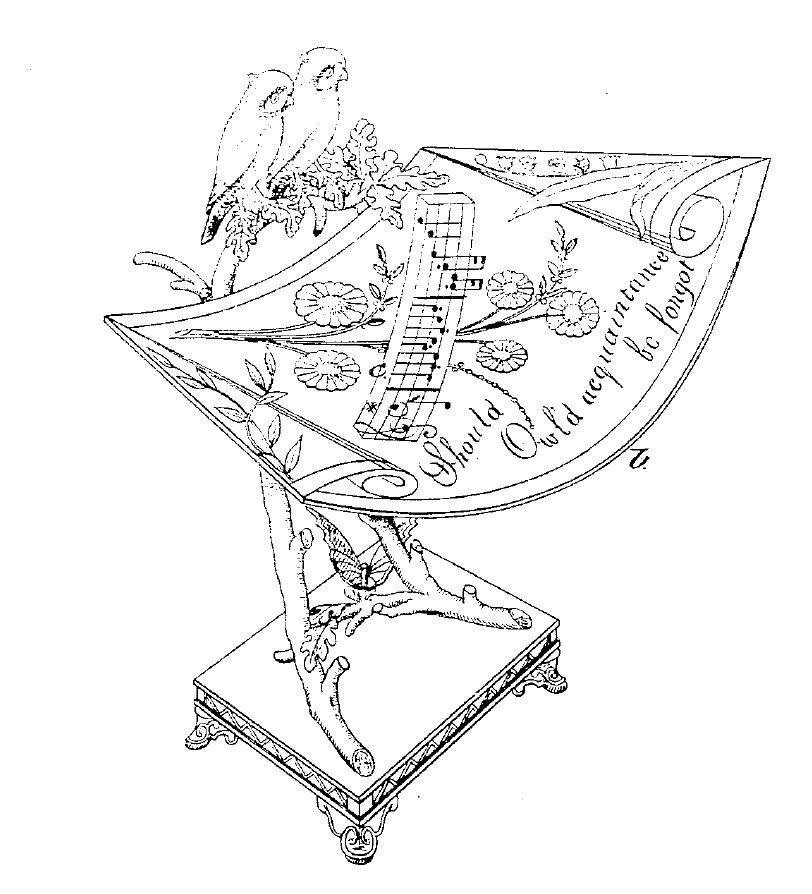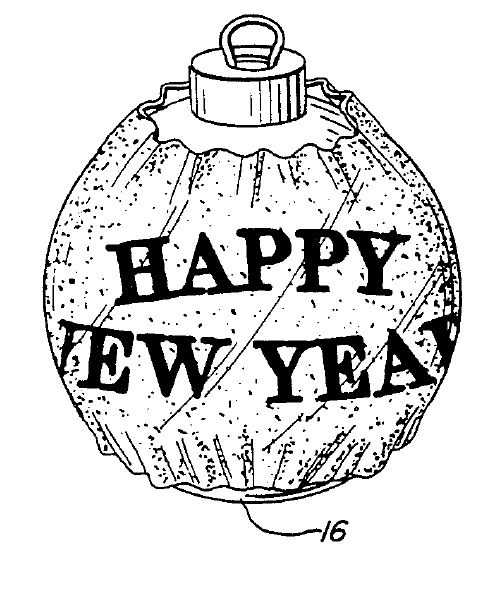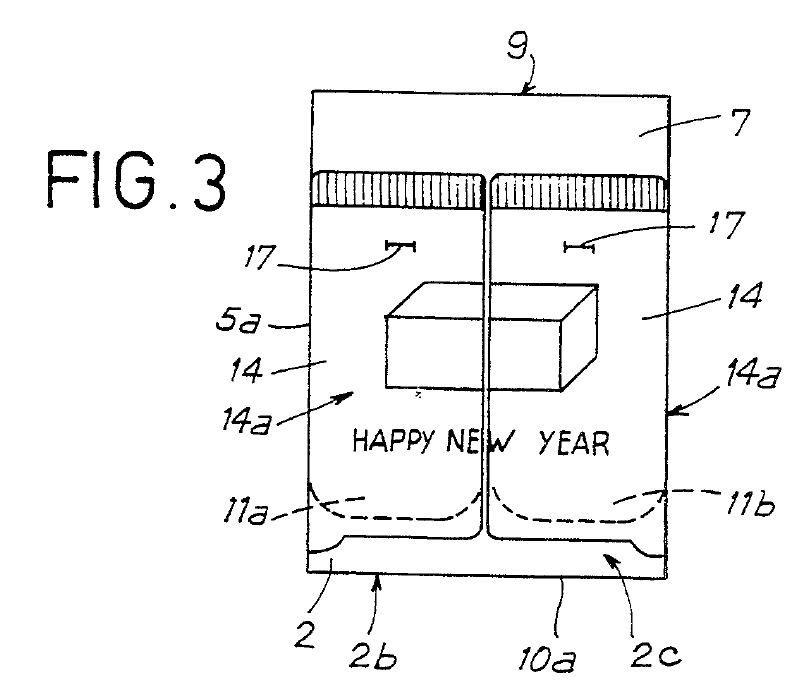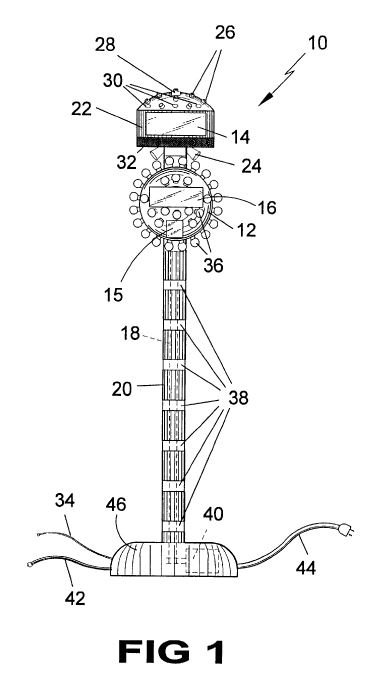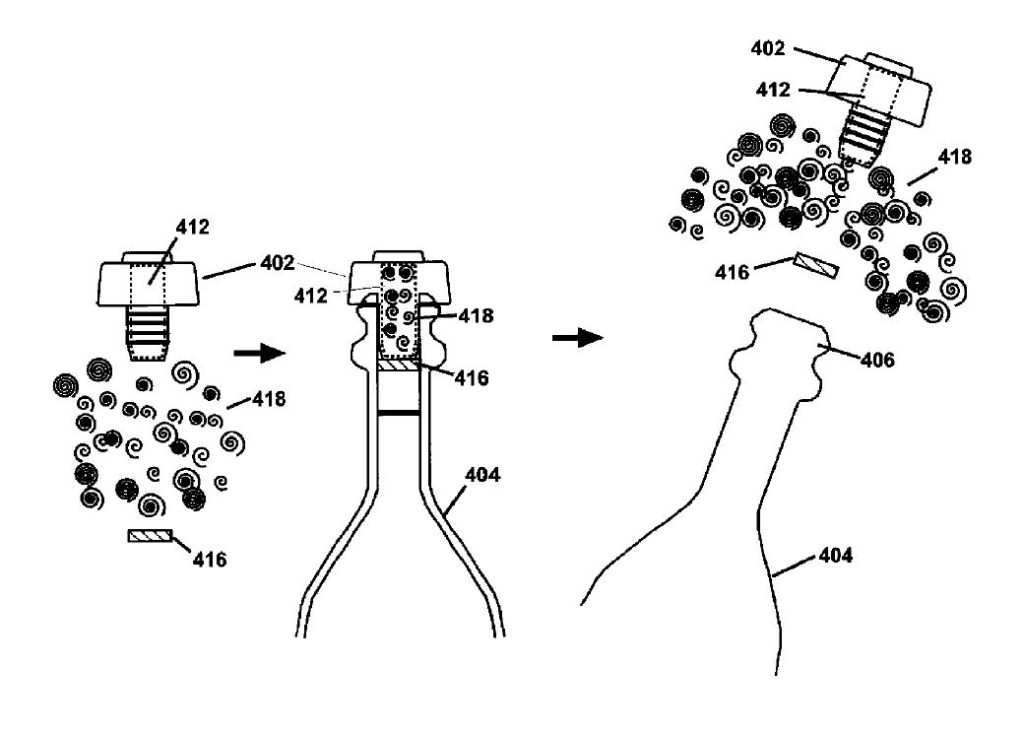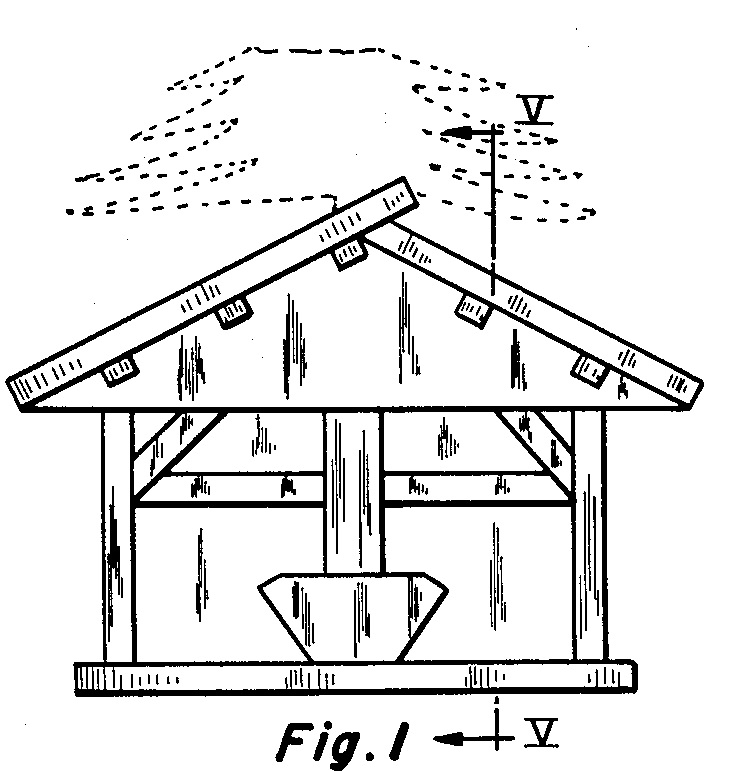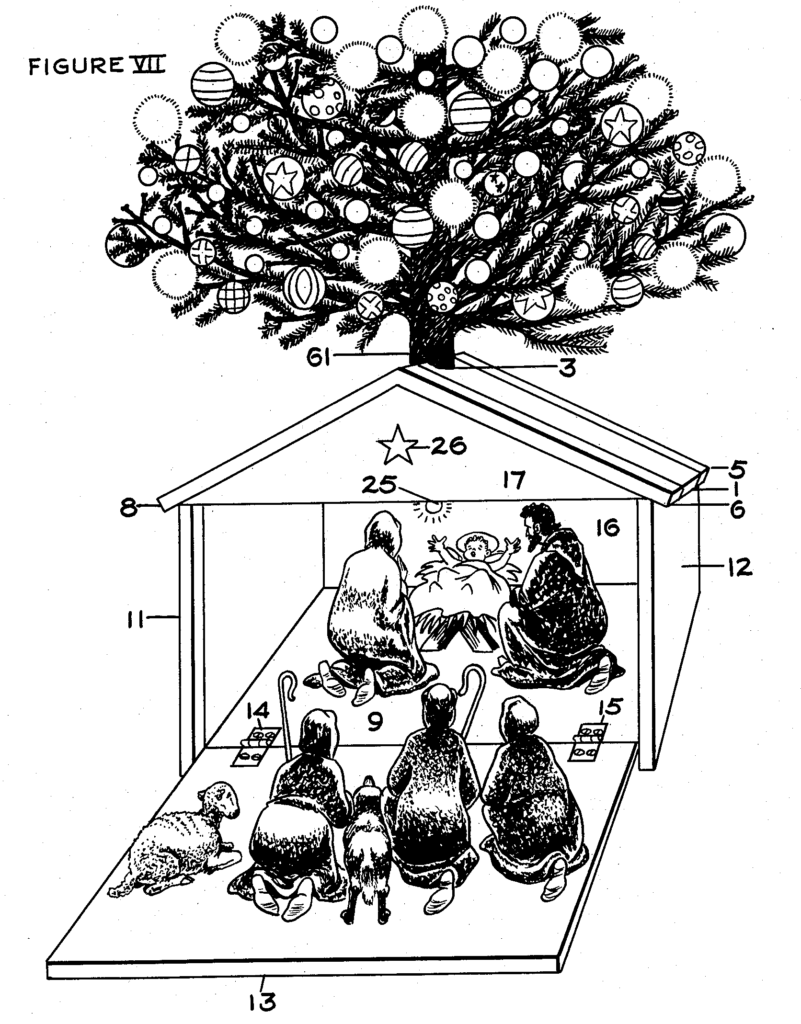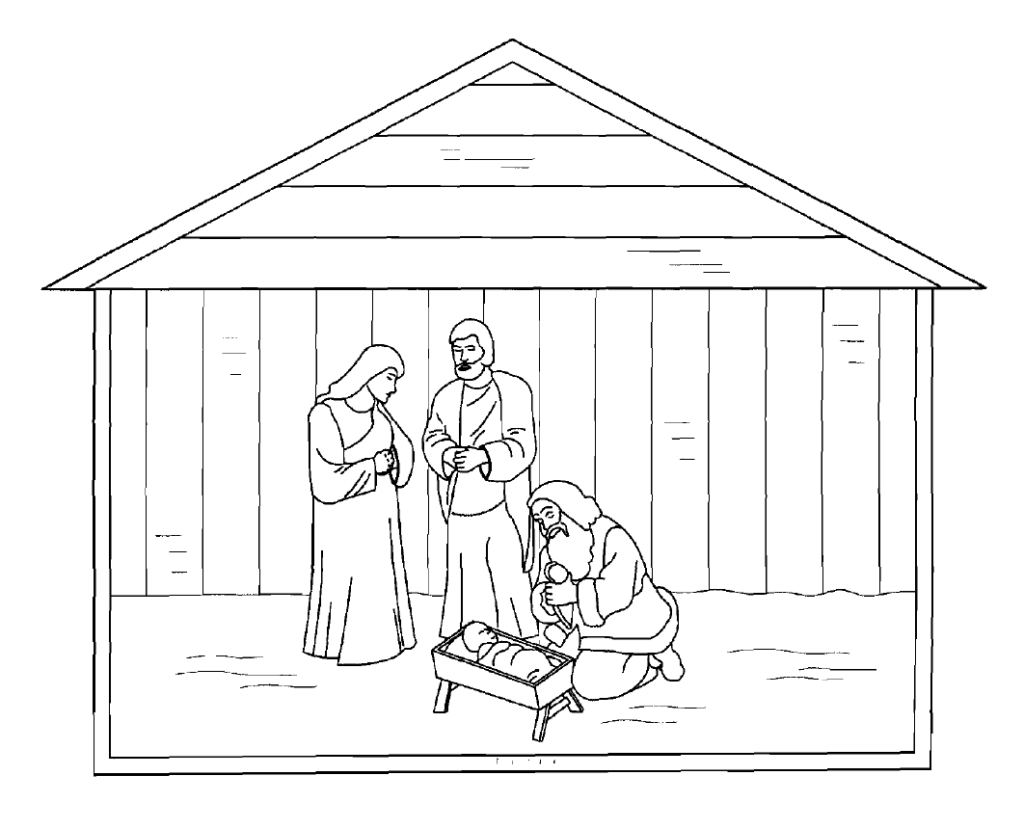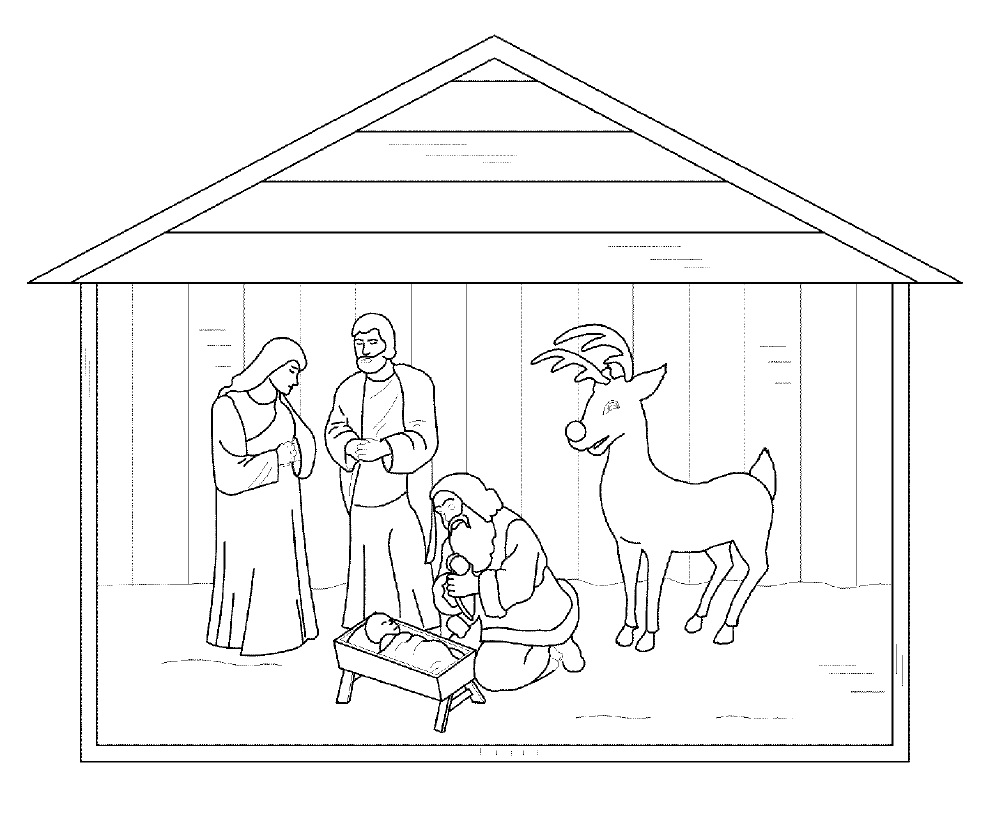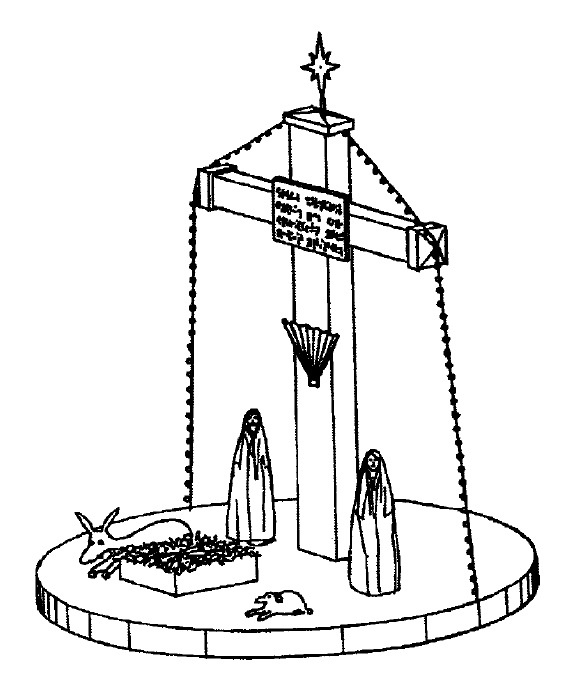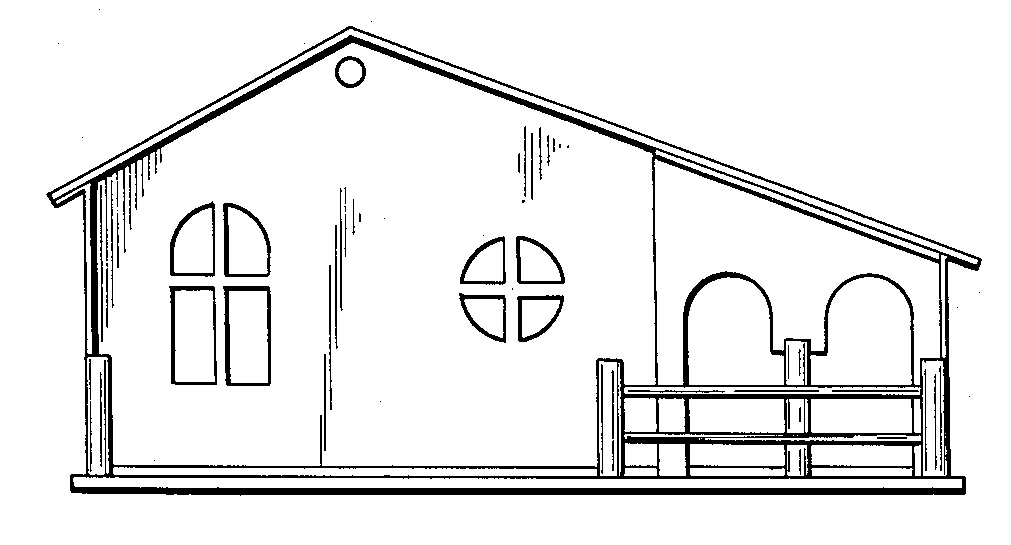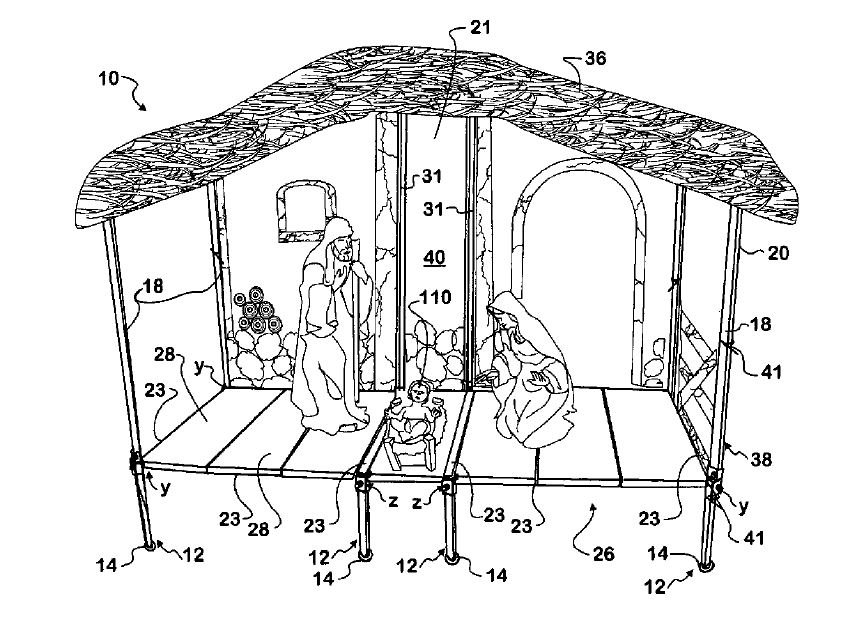Amgen, Inc. v. Amneal Pharmaceuticals LLC, [2018-2414, 2019-1086] (January 7, 2020), the Federal Circuit vacated and remand the district court’s judgment that Amneal did not infringe U.S. Patent 9,375,405, and affirmed that Piramal did not infringe and that Zydus did infringe the ‘405 patent.
On appeal Amgen challenged the district court’s construction of a Markush group of binders:
from about 1% to about 5% by weight of at least one binder selected from the group consisting of povidone, hydroxypropyl methylcellulose, hydroxypropyl cellulose, sodium carboxymethylcellulose, and mix-tures thereof
and a Markush group of disintegrants:
from about 1% to 10% by weight of at least one disintegrant selected from the group consisting of crospovid[o]ne, sodium starch glycolate, croscarmellose sodium, and mixtures thereof
The district court held both of these Markush groups were closed, such that additional binder and disintegrant substances in addition to the ones specified in the Markush ground avoided infringement.
The Federal Circuit said that Multilayer and Shire did not hold broadly that, whenever “consisting of” Markush group language is present in a particular claim limitation, even when the limitation follows a general claim transition phrase of “comprising,” all components of an accused product that perform the general function of the particular limitation must meet the requirements of that limitation, thus precluding components outside the Markush group. The Federal Circuit explained that those decisions do not apply in this case, where the question is whether the “binder” or “disintegrant” claim limitations are written to preclude other binders and disintegrants in the claimed composition. The Federal Circuit concluded that they are not.
In Multilayer, the Markush group was closed because the language of the claim was closed, requiring “each layer being selected from the group consisting of . . . “. In Multilayer the Federal Circuit further held that dependent claim 10, which added a requirement that “at least one said inner layer” contain a resin not listed in the element, was invalid because it was inconsistent with the independent claim. In particular, the Federal Circuit said, it had no occasion to, and did not, consider the effect of the transition phrase “comprising”.
In construing the (a) and (b) Markush groups in Shire, the Federal Circuit explained that the “consisting of” language defined the groups and created a “very strong presumption” that the Markush groups were closed to additional elements not specified in the claim. The Federal Circuit pointed out that this was also decided without reference to the comprising transition. The claim specified that the outer matrix of the claimed composition “consists of” the compounds in the Markush group. The outer matrix, by the terms of the element, had to “consist of” of those compounds to meet that limitation.
The Federal Circuit found that the decisive issue in the current case is critically different from any issue decided in Multilayer or Shire. The issue is whether all binders or disintegrants in the claimed formulation are subject to the specific binder or disintegrant limitations. The Federal Circuit concluded that they were not. First, the Federal Circuit noted that there is no language in Amgen’s claim indicating that every binder or disintegrant in the claimed formulation must be within the Markush groups. The Federal Circuit said that the limitations merely require that those particular binders or disintegrants meet the specified weight-percentage requirements, which is not inconsistent with the overall composition containing other binders or disintegrants.
The Federal Circuit said that the plain language of the claim requires “at least one” of the Markush members and certainly does not indicate that the only binders and disintegrants in the claimed formulation are those listed in the groups. The Federal Circuit did not see a sufficient basis for a different conclusion in the specification or in the prosecution history. The Federal Circuit also noted the transition “comprising,” which makes clear that the claim does not preclude the presence of components or steps that are in addition to, though not inconsistent with, those recited in the limitations that follow. The Federal Circuit said that the use of the “comprising” transition phrase reinforces the conclusion that the language of those limitations is best construed not to foreclose such additional binders and disintegrants. The Federal Circuit vacated the district court’s decision as to the Amneal product. However, the Federal Circuit agree that prosecution history estoppel prevented Amgen from asserting that Piramal’s product infringed under the doctrine of equivalents.

